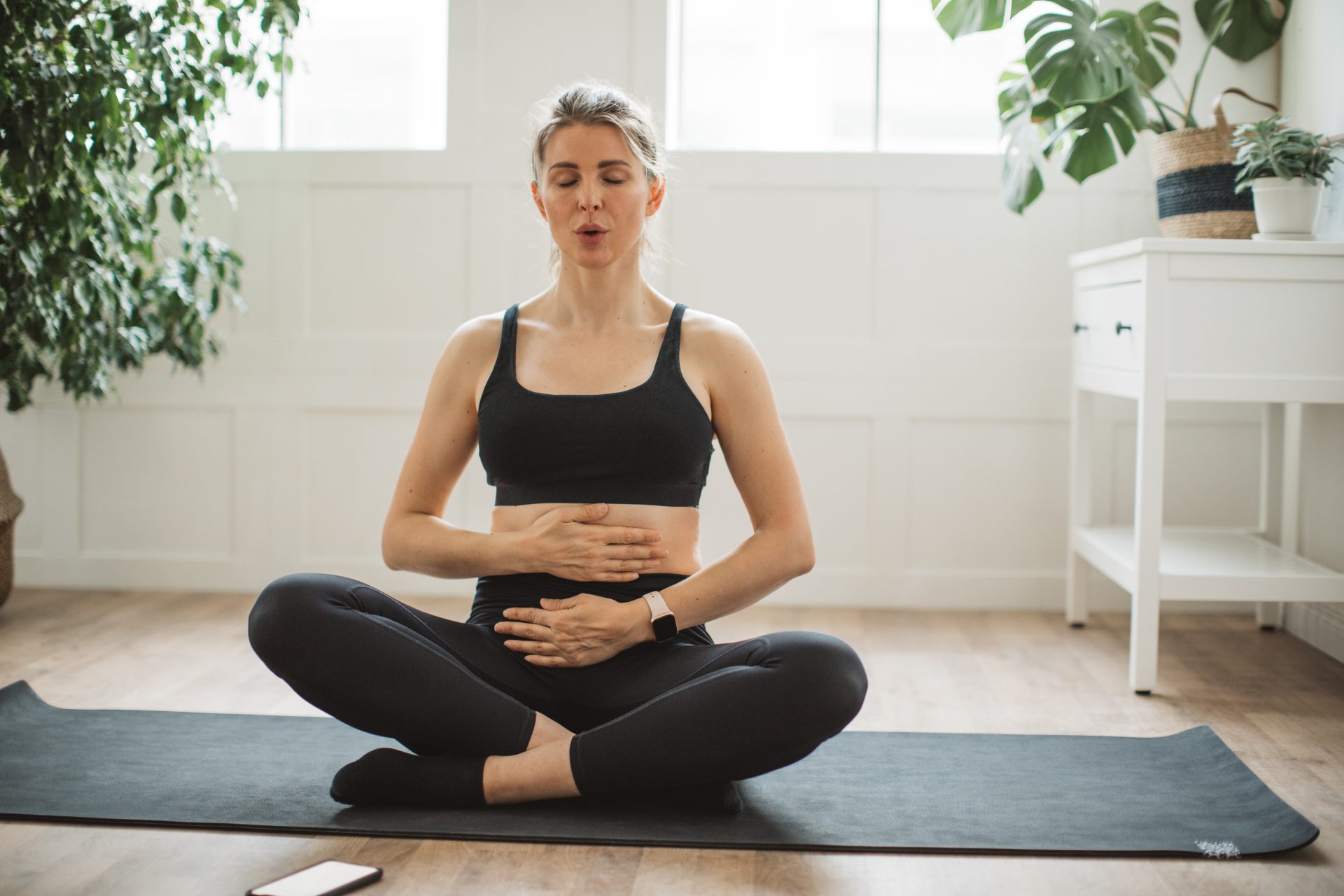Can an awareness of your cortisol levels help you to optimise stress reduction when it comes to exercise?
Beating stress is everyone’s goal right now. Whether you are feeling anxious about work deadlines or a general sense of tension from ongoing government upheaval, we all want to feel more chilled.
Exercise is prescribed (colloquially and medically) as one of the most popular stress-beaters. But as with any medicine, more isn’t always better when it comes to movement – so how can we optimise the stress-busting benefits of our workouts? The answer could lie in cortisol-conscious training.
How does exercise impact stress?
Exercise can help usreducestress as it encourages the body to release endorphins and, in the long-term, reduces circulating levels of stress hormone cortisol.
The catch-22 is that your cortisol levels actually spike while you’re training, particularly during intense workouts. “Exercise is incredible for our wellbeing, but it is a form of physical stress on the body particularly when done at high intensities or for longer periods of time,” explains exercise physiologist and nutritionist Sarah Liz King.
That’s where some of us might be going wrong. “It’s easy to fall into the ‘more is always better’ mentality, and that’s where high cortisol levels can become a problem.
“Moderate and high-intensity exercise release higher amounts of cortisol, which activates the sympathetic nervous system leading to a ‘fight or flight’ response. While a little bit of cortisol isn’t bad, if too much floats around our body either as a result of too much physical stress from exercise or psychological stress from life, it can have negative impacts on our overall wellbeing,” explains King.

That’s particularly true if you already live a busy and stressful life, she says. “If you know you aren’t sleeping well, are working long hours or are under significant psychological stress then you need to be mindful of what kind and how much exercise you’re doing. Otherwise you run the risk of overtraining and overstressing your body.
“Some of the signs this is happening could be changes in appetite, mood, difficulty sleeping, chronic fatigue, increased soreness and changes in sexual function such as decreased libido or an irregular or absent menstrual cycle.”
A study by Yale School of Medicine also shows that people take longer to recover from physical stress when they are already dealing with mental stress, suggesting that the body doesn’t know the difference between physical and psychological demand.
What are cortisol-conscious workouts?
Working out with cortisol levels in mind might be a way to maintain the stress-beating element of exercise.
Eat first
“The first way to mitigate excess stress from exercise is with appropriate nutrition,” says King. “Ensuring you have adequately fuelled your workouts by opting for high-quality carbohydrates pre-workout and a combination of protein and carbohydrates post-workout will help kickstart the recovery process and help naturally lower cortisol levels.”
Grab a carb-rich snack, like a banana or rice cakes, before training to help your stress levels.
Switch to low intensity
Opting for low-intensity instead of HIIT can reduce overall spikes in cortisol. “As opposed to moderate and high-intensity exercise, low intensity exercise has been shown to slightly lower cortisol levels, which will help give your body the break it needs to restore balance,” says King.
You may also like
Do the benefits of intermittent fasting actually apply to women?
In a study published in the Journal Of Endocrinology Investigations, researchers found that low-intensity exercise resulted in a reduction in circulating cortisol levels. Try activities such aslight jogging, walking, pilates and yoga.
Time it right
In the morning, our cortisol levels naturally spike in order to wake us up and help us feel alert for the day. Exercising in the morning encourages natural cortisol spikes and falls, especially if it’s outside, and makes you energised for the day.
However, exercising at night is thought to help ‘close the stress cycle’. Two workouts a day aren’t necessary, but paying attention to how you feel after moving at different times might help.

Down-regulate
Taking time to cool down isn’t just good for avoiding muscle aches. Research shows that meditative breathing after exercise can reduce cortisol spikes, even after an 24-hour long bike ride. Take time to de-stress before going about your day with deep, long breathing that takes you out of ‘fight or flight’ mode.
Cortisol conscious workout ideas
If you want to do HIIT: swap your morning session for a low-intensity walk, a big breakfast and do your high-intensity workout in the mid-morning or on your lunch break once you’re fuelled.
If you want to run: if you’re jogging first thing in the morning, stick to a conversational pace (unless you’ve had time for a banana or toast first). Switching to a jog in the evening might help you wind down from the day.
If you want to do yoga: practise yoga whenever you’re already feeling stressed.
Images: Getty
Source: Read Full Article
